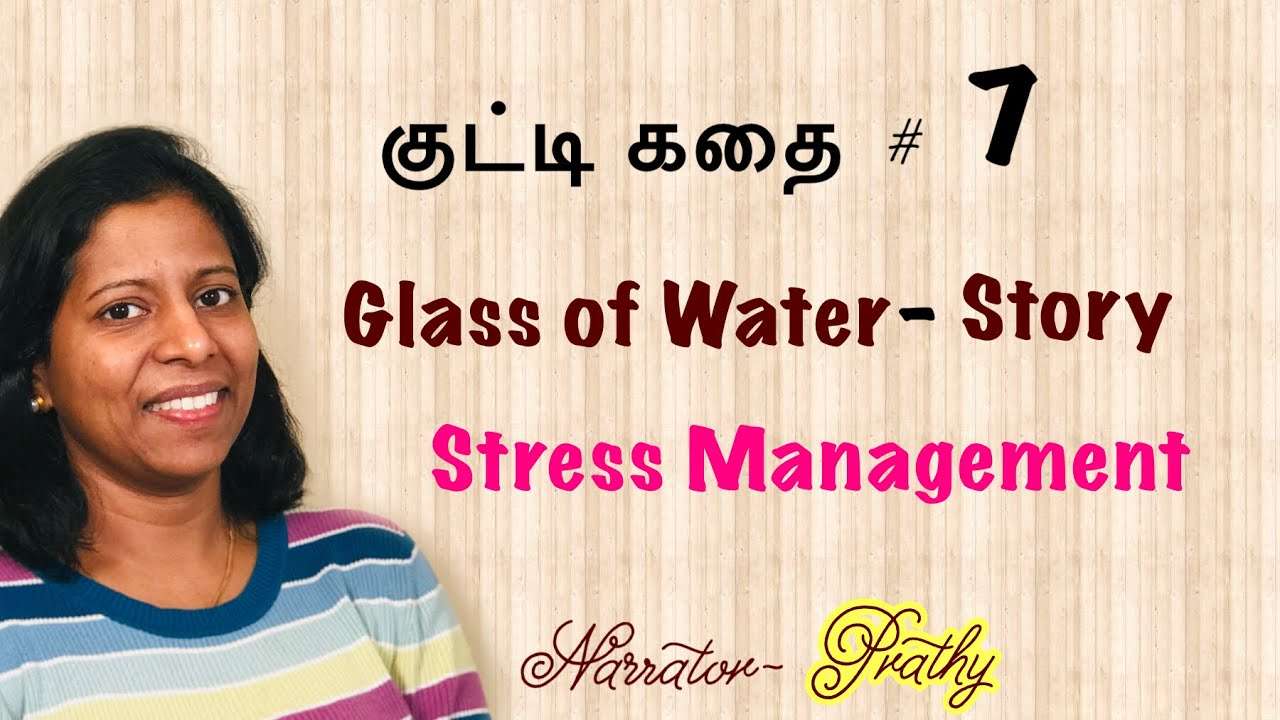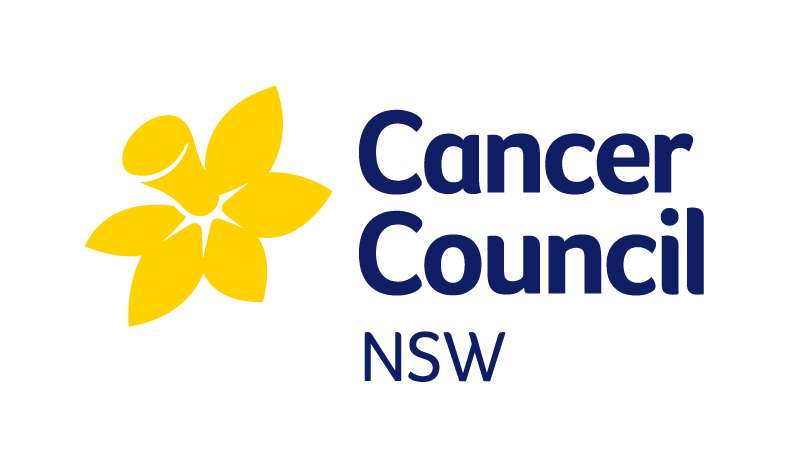There are a list of questions to ask your client before you begin massage therapy. These should always be asked before you consider beginning work. Depending on the client, this may take a very short amount of time, however, it’s important to understand exactly why we ask these questions, and why they’re so important.
Some clients may be quick to answer the routine questions, but there will be others who might find them a little trickier. Treat each client individually, and don’t assume an answer until you have it from them. Go through a short interview process with each one before asking them to lie down and beginning the treatment.
Remember to also employ active listening techniques and pay attention to their body language. We’ve put together a sample of some questions that you might ask a client before you begin treatment, so you can easily gauge the type of massage they’re looking for, and can treat them appropriately in regards to their past experience and potential injuries.
Have you been to a massage therapist before?
This question is a great first interview number, as it tells you a lot of information in one. Firstly, it tells you whether this is the first time they’re attempting to do something about their condition, or whether there’s a history of practise that has or hasn’t worked before.
This can cut your consultation time down significantly and allow you to find the best course of action quickly and efficiently. If they know techniques that have worked (or techniques that have failed to work) you can use your own expertise to determine where to progress from there.
Are you in pain? Where does it hurt, and how?
No matter your approach to this question, you should attempt to find out the source of their visit. Is it to relieve stress build-up, or is their condition more chronic? Determining their needs is a multi-step process, but you have to begin somewhere.
What is your profession?
You can learn a lot from a client by asking this question. If a client is complaining of lower back pain, it can stem from many situations. If they work all day moving large boxes around a storage warehouse, you might be able to cut down on a few of those possibilities and devise a way to both heal the injury and prevent it from happening again.
Get further into this question by asking how they perform any of the tasks that you feel might contribute, even if it’s as simple as how they sit on their office chair.
How are you affected by this injury?
Now that you know their basic working lifestyle and condition, find out what outcomes they’d like to achieve at the end of your sessions. People often come to massage therapists quite late into the proceedings, rather than preventatively or as soon as possible, so you may be helping people who are already experiencing a lot of disruption in their daily life from a common injury.
Have you tried anything else?
This ties in and has the same outcomes as our first question, but also lets you know if they’ve tried any other conventional (or non-conventional) remedies.
Do you have any other conditions?
This is a helpful question, however it’s important to remember that your client is not obligated to answer. Find out if there are any complicating factors at play, or anything that might put them at risk through certain techniques.
Ask them to go over their health form
Ask them a few questions regarding their completed health form, even if they’re fairly routine. This will allow them to feel as if you’re giving them a full rundown (which you are, but it’s also important to make people feeling safe and secure).
If there are any oddities within their form, ask them to explain them in greater detail. People sometimes are more willing to talk to a healthcare professional than they are to write out intimate details on a form, as it feels more personal and less committed. Don’t probe too deeply, and always respect your client’s wishes, but try to understand what’s going on.
Are you taking any medications that may be a contraindication to massage?
It’s vital to know whether your client is taking any medications that may affect their massage experience, or alter the type of massage that is appropriate for their needs. This includes medications such as anticoagulant medications (or blood thinners) such as Warfarin.
Do you have any allergies?
People often forget to mention things that may be obvious to you, so it’s important to still cover the basic questions before you begin treatment, such as if your client is allergic to something. The last thing you want is for your client to be breaking out in a rash because you’ve used an oil for their treatment that they’re allergic to. Always better to be safe than sorry!
Do you know about the process of massage therapy?
Ask them how much they understand about the treatment they’re about to receive. If they’ve been to a massage therapist before, explain what might make your process different. If not, explain the basics of how what you’re about to do is going to help them as an individual.
You don’t have to go over the entire history of massage, but tell them what you’re going to be concentrating on or what techniques you might be using for them to help.
Ask them to roleplay any specific pain issues
If your client is complaining of a repetitive pain, and it’s not debilitating enough that they’re unwilling to do it, ask them to quickly run through a movement cycle akin to what causes the pain. If it’s reaching for something, get them to pretend to reach for something, and so on. You’ll be able to tell when, where, and why they’re hurting (in most cases).
Ask a few personal questions, and make conversation
Finally, remember that massage is about relaxation, and about keeping your client in a position where they feel secure. They’re entrusting a lot to you, so try and be communicative and pleasant to put them at ease and make sure they enjoy their massage experience (and that they keep coming back to you for more!)
Discover Massage Australia offers a variety of courses recognised by the Massage Association of Australia covering deep tissue massage, remedial massage and spinal torsion, that can have you fully certified in as little as a week! Contact us today to chat about our upcoming course dates or check out our online massage course.
 Successful massage therapy begins before your massage therapy client touches the table. A pretreatment client interview will help set expectations, increase the effectiveness of your treatment, and relieve any anxiety on the client’s part.
Successful massage therapy begins before your massage therapy client touches the table. A pretreatment client interview will help set expectations, increase the effectiveness of your treatment, and relieve any anxiety on the client’s part.
Interview Basics
- When clients schedule a first appointment, let them know that you will be conducting a short interview before treatment begins. Ask them to make a list of any questions or concerns and bring it with them.
- Provide a pre-interview questionnaire. Your questions should focus on general health conditions and medical history.
- Have a private space to conduct interviews. Your massage client will be more willing to share personal information.
- Be ready to probe for details. Some clients need to be encouraged to share information about their health.
- Give the client some general information on your practice before you start asking questions. This is especially important for first time massage clients who don’t know what to expect.
Building Trust
A successful therapist-client relationship is based on trust. The client has to believe that you will relieve their pain. Build trust with your client by using active listening skills.
- What is your experience with professional massage therapy? Find out if your client has ever visited a massage therapist. Ask what they liked and didn’t like about it. If they haven’t, ask them what made them decide to come see you. This is a great time to determine and manage expectations.
- How does your pain affect your daily activities? While pain may be a deciding factor, many clients only seek treatment when their pain starts to limit their abilities. Find out what your massage therapy client wants to see happen in their bodies. Use that as a reference point throughout the treatment process.
Finding the Source
Pain or stress relief is the goal of most massage clients. People with long-term, chronic pain issues may have trouble pinpointing the source. Help them guide you with open-ended questions.
- Where does it hurt? Ask the massage therapy client to physically point out problem areas on their bodies. Ask what it feels like. Do the muscles feel tight and sore? Is it more of a stabbing, radiating pain? Offer descriptive words (hot, sore, numb, tingling) to help the client express themselves.
- What do you do for a living? Ask them about their job. Talk about how they sit, stand, or move. Do they take regular breaks? Do they have access to ergonomically correct seating or tools? Ask about sports and hobbies as well. Knowing what muscles they depend on regularly lets you know what major muscle groups to focus on.
Discovering Treatment Options
Every massage therapy client is different. Ask searching questions to tailor your techniques to their specific needs.
What do you do to address the pain? Ask about exercises, self-massage practices, use of heat or ice, or other methods they use for relief. This will help you develop a long-term treatment plan that corrects underlying structural issues. It will also help you decide what techniques you can use for maximum relief.
At the end of the interview, give your client some time to ask questions. Answer them thoroughly and truthfully.
The client interview is an essential part of creating customized treatment plans for your clients. It is also an ideal time to educate them. Asking the right questions before massage begins brings better results and more client satisfaction.



